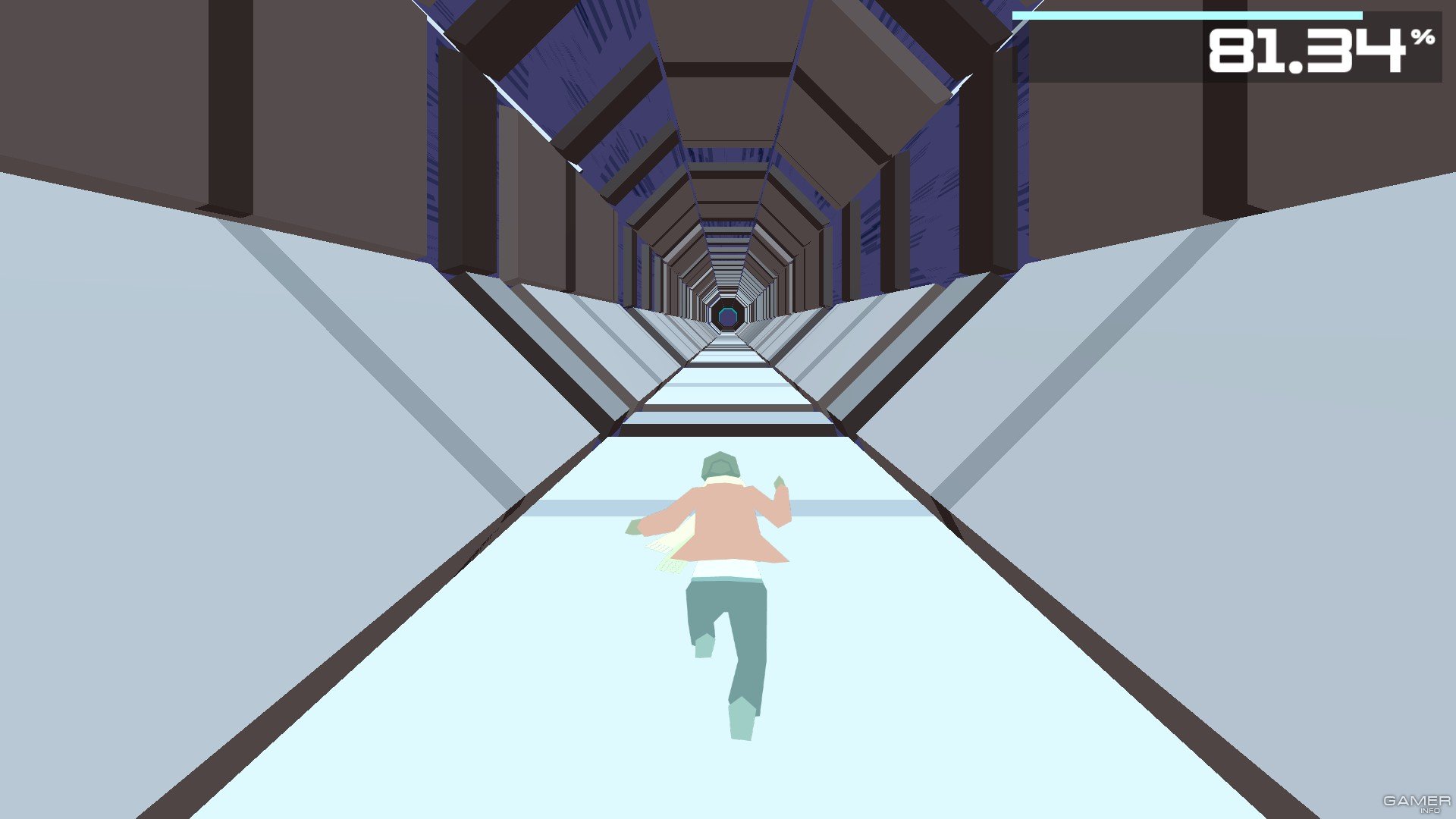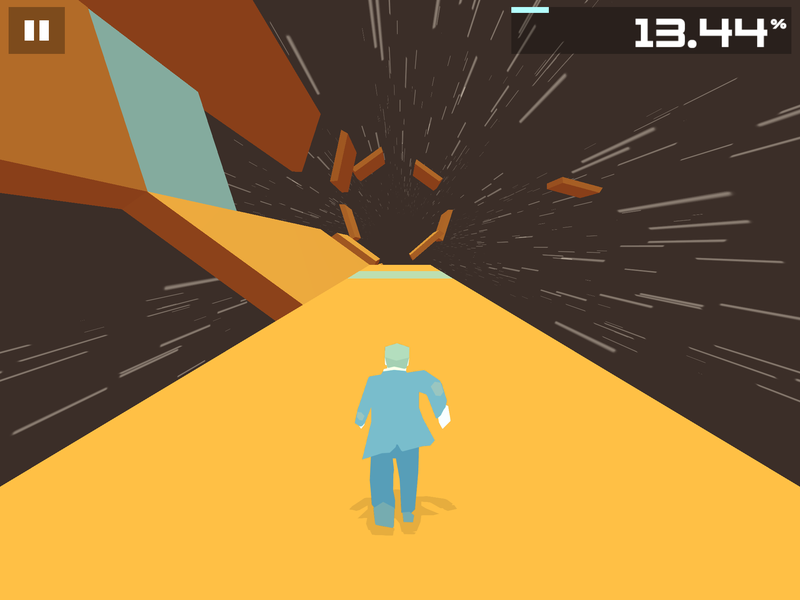

Finally, it seeks to untangle the interrelationship between creativity and science motivation by testing a pathway model according to which self-efficacy is hypothesised to mediate the relationship of the two facets of creativity (act, flow) with science career motivation. Second, it examines gender differences in creativity and science motivation. First, it assesses the impact of a long-term STEAM intervention with high-school students in Italy on two distinct cognitive processes associated with individual creativity, namely act and flow (Conradty & Bogner, 2018, 2019). This study addresses this gap in three ways. Relatedly, an increasing number of STEAM-centric school initiatives are emerging mainly in the US (Khine & Areepattamannil, 2019) but also in Europe and other parts of the world (Bahrum et al., 2017 Harris & de Bruin, 2017 Quigley & Herro, 2016) to boost learning outcomes, as well as to broaden equitable participation in science and science careers and, ultimately, to improve young people’s scientific literacy (Conner et al., 2017).ĭespite this progress, relatively little research has yet shed empirical light on the actual impact of STEAM practices on student creativity (Cremin & Chappell, 2019) and even less has explored the creativity pathway to science learning outcomes (Perignat & Katz-Buonincontro, 2019). According to a recent position paper of the Organisation for Economic Co-operation and Development (OECD), creativity and creative thinking are considered among the most important skills for 2030’s learners and, as such, their development is recommended to be a curriculum priority (OECD, 2018). It is also found to have a positive impact on female students’ interest in pursuing STEM degrees (Wajngurt & Sloan, 2019).Ĭentral to the increasing shift to STEAM (Science, Technology, Engineering, Arts, and Mathematics) education is the notion of creativity. Integrating the arts and STEM (Science, Technology, Engineering, and Mathematics) is suggested to make school science subjects more appealing to a wider variety of learners including the non-STEM inclined (Henriksen, 2014 Ng & Fergusson, 2020).

Recent years have seen a growing emphasis on the added benefits of arts-based approaches in inquiry science teaching and learning (Buck et al., 2019 Chappell et al., 2019 Conradty & Bogner, 2019). Implications for the design of STEAM learning environments are discussed. Further, results provide support for the mediating role of self-efficacy in the relationship between creativity and science career motivation. Gender differences in the above effects are also observed. Using pre- and post-survey data from 175 high-school students in Italy, results show an overall positive effect of the intervention both on the act subscale of creativity and science career motivation, whereas a negative effect is found on self-efficacy. This paper contributes to this line of research by reporting on a two-wave quantitative study that examines the effect of a long-term STEAM intervention on two cognitive processes associated with creativity (act, flow) and their interrelationships with intrinsic and extrinsic components of science motivation. Yet the impact of STEAM practices on student creativity and specifically on how the latter is associated with science learning outcomes have thus far received scarce empirical support. With the increasing shift from STEM to STEAM education, arts-based approaches to science teaching and learning are considered promising for aligning school science curricula with the development of twenty-first century skills, including creativity.


 0 kommentar(er)
0 kommentar(er)
